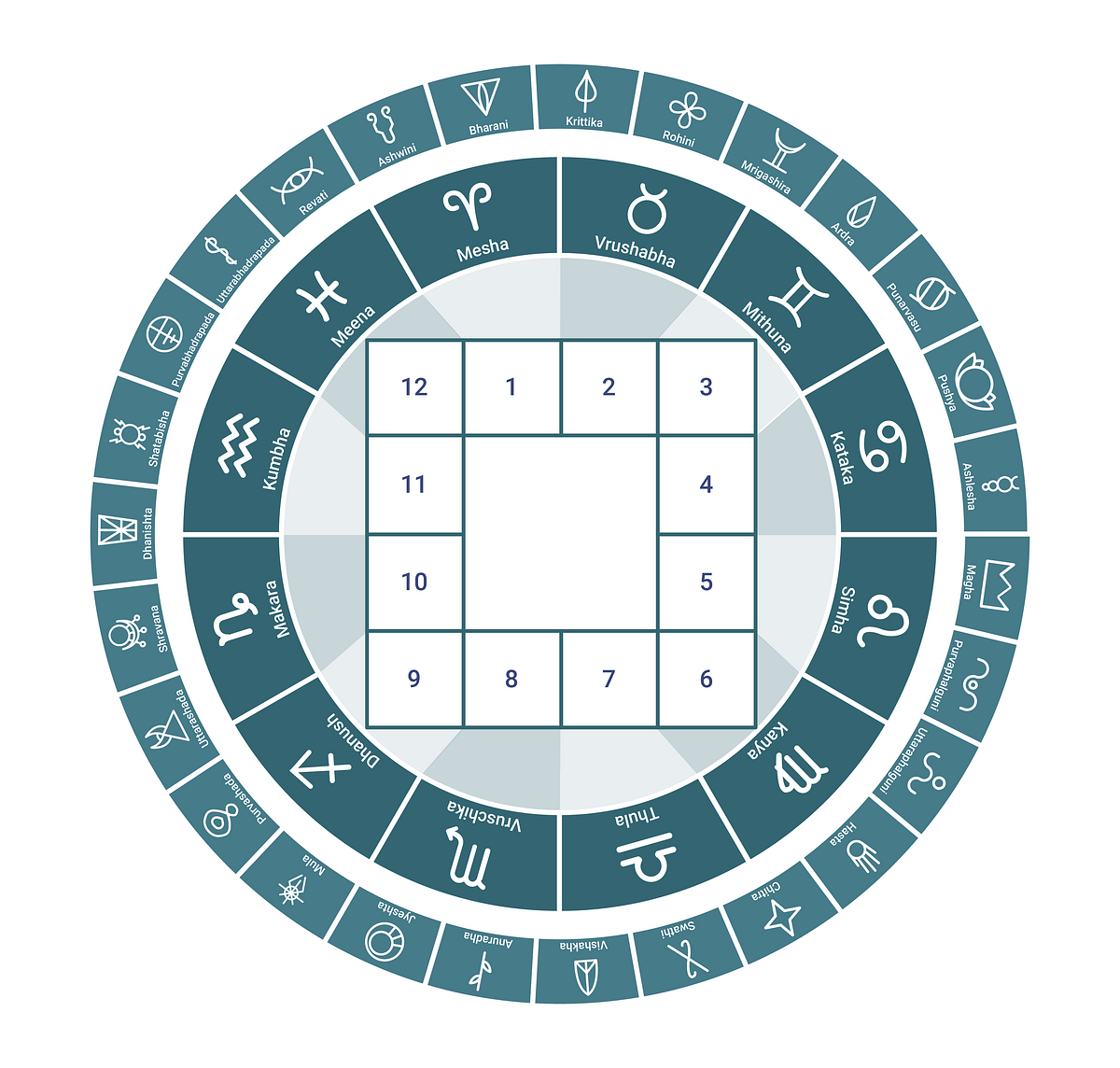Vedic Year & Astronomer Varahamihira

Vedic new year begins in March-April. There are two conventions for determining the start of the Vedic year. The first one is based on the lunar calendar. The new year begins, according to it, when the sun and the moon rise together close to Ashwini nakshatra. This Nakshatra is the arc of 13 degree 20′ at the zero point of sidereal Aries. The second one is based on the solar calendar. The new year begins, according to it, when Sun enters Ashwini nakshatra. These two new year days are generally separated by a few days. Vedic year begins, per a long standing convention, at or after the spring equinox. Who ushered in this convention? Was it Varahamihira?
The spring equinox has shifted several days from where it was during the time of the great kings of the Vedic civilization. At present, the Sun enters the constellation of Aries (sidereal), 24 days after spring equinox. Ancient astronomers in India knew about the precession of earth’s axis. They therefore knew the resulting shift to seasons. A tradition of adjusting the calendars every few centuries flourished for a long time.
Simplified formula for planetary orbits
Moving away from one convention to a new one is always a challenge. This was true even with the new convention which astronomer Varahamihira introduced.
Spring equinox coincided with the entry of the Sun into the constellation of Aries in 490 CE. The kings of the Gupta dynasty then ruled over the city of Avanti or Ujjain. Certainly Ujjain then was the astronomy capital of the Indian subcontinent. Great astronomers like Aryabhata and Varahamihira presided over the astronomical observatory in Ujjain. They, especially, Varahamihira challenged the dogmatists who favored less scientific ideas about time cycles. Several astronomers had become too comfortable with existing rule of thumb calculations. They ignored the need for updating seed values or Bija in formulae. Normally, planetary orbits can be simplified for 2-3 centuries based on careful sky observations at the beginning of the period.
Varahamihira noticed major discrepancy and ushered in a revision to a 60 year cycle. Varahamihira shifted the starting point of a commonly used table by 26 entries! Secondly, this table is based on Saturn-Jupiter conjunctions. It remains valid for 2-3 centuries. Varahamihira also likely shifted the start of the Vedic year to Mesha-Sankranti, the first point of Aries. Aryabhata, the younger contemporary of Varahamihira, notes that the Mesha-sankranti was set in 490 CE.
Updating the starting point again!
Modern astronomers attempted to standardize the difference between nirayana (sidereal) and sayana (tropical) zero points of Aries. This attempt occurred when India gained her independence from the British. Much knowledge perished in the gap of nine centuries. This was due to foreign rule imposed on Indians. Intellectuals came together from different camps for a consensus.
One camp of astronomers expressed doubt that the last change to tables happened in 490 CE. Secondly, they suggested 285 CE instead. Thirdly, they tied their arguments on star Spica. They held the view that Spica was the most important bright stars which ancient astronomers used for observation based corrections. Fourthly, the first point of nirayana (sidereal) Aries, per tradition, falls 180 degrees across from Spica. Spica is the Yoga-tara (observational pivotal star) of the ecliptic arc named “Chitra”. Lahiri was the leader of this camp.
Lahiri had a close friendship with Pandit Nehru, the then PM of India. Modern Vedic astronomy tables were set per Lahiri’s proposal. One question remains about Lahiri’s assumptions. Why did Aryabhata note 490CE to be the start of a new convention? The proposed shift which Lahiri suggested was with reference to the time of the start of a new convention. Besides, a subsidiary question arises? Could a new convention gain acceptance in 295 BCE? No famous astronomers lived in that period. Certainly, a strong minded astronomer like Varahamihira needed to push past any resistance to the new convention.
Table showing close encounters between significant planets in Vedic astronomy (Using CALSKY software)